
Prioritize, Invest, Unlock Value
Unlocking the potential of our digital, disruption-prone era calls for next-level intentionality in how you prioritize, invest, and deliver your strategy.
Don't leave success to chance—instead, develop a strategic portfolio management plan that safeguards your priorities and maximizes the value of your transformation initiatives.
We bring together our industry-leading strategic portfolio management software and expertise to make transformation work for you.
SOFTWARE and Services TAILORED JUST FOR YOU
Talk to us about
Application Management
Apply a structured approach to the management of technology assets.
Business Architecture
Create dynamic blueprints of your business to see and connect silos.
Capability Planning
Change how you consider, plan and deliver on strategies.
Engineering
Optimize outcomes within complex portfolios for engineering and construction.
Enterprise Architecture
Focus strategies and initiatives around achieving common goals.
New Product Development
Optimize revenue and accelerate the delivery of solutions to market.
CROSSING THE GREAT DIVIDE: STRATEGY TO EXECUTION
Watch this on-demand webinar to learn why strategic portfolio management is the key to transformation success, acting as the glue that connects all your business initiatives to your wider business objectives.
Value Your Way
Integrating powerful strategy execution capabilities with business and enterprise architecture best practices and change adoption, to deliver agility your way:
Alignment
Align all investments with strategy.
Coordination
Optimize your people and resources.
Direction
Understand where you need to go.
Perspective
Get a holistic view across you organization.
Readiness
Model the impact of any decision.
Value
Become an outcome-driven business.
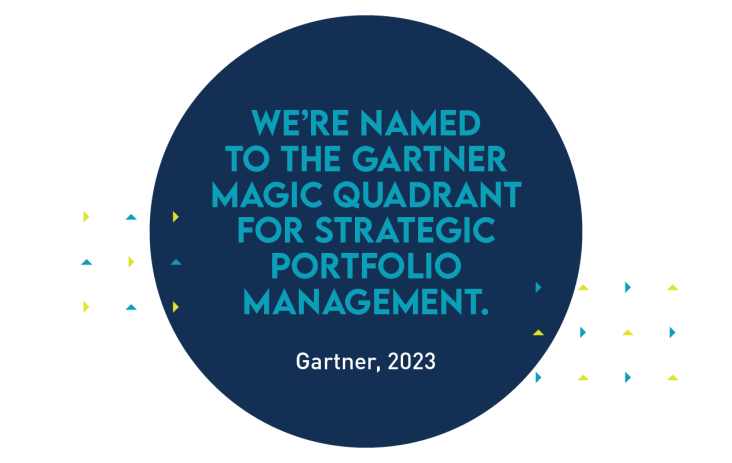
Software with an Edge
We’re thought leaders, boldly bringing business agility to our clients. Our formula is simple: equal parts executional excellence and robust strategic portfolio management software capabilities.
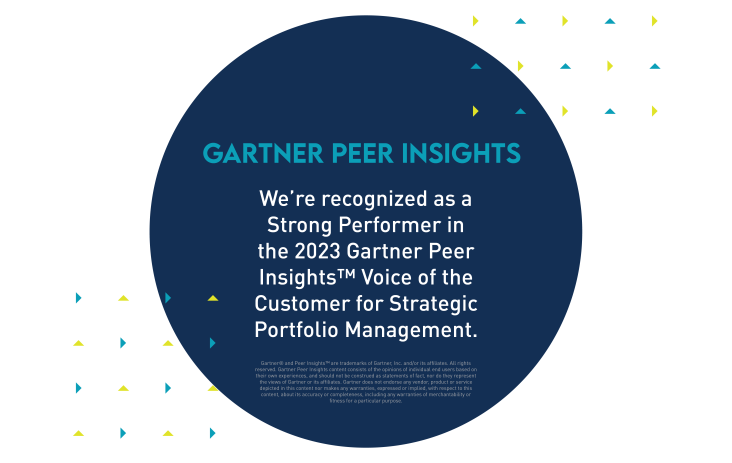
Our customers have spoken
Being client-first is very important to us and this recent recognition shows that.
More from the Analysts
















ACCELERATE ACTION
Introducing Strategic Portfolio Management Accelerators—targeted solutions to common challenges. Our approach is tried, tested, and client-approved: These capabilities can be switched on in days, not weeks or months.
It Takes A Village To Drive Business Agility
Regardless of which role you play within your organization, business agility requires the right tools, solutions and expertise to help align what you’re doing with other stakeholders – and your organization’s overall strategy.
